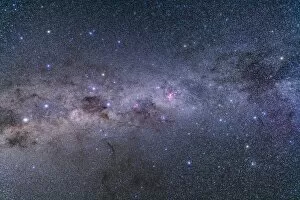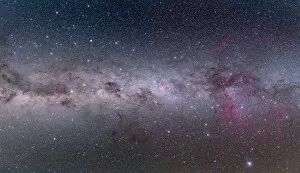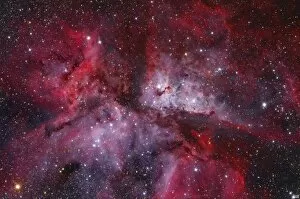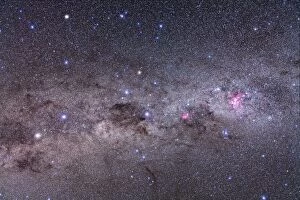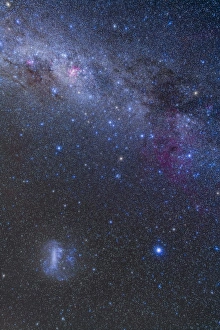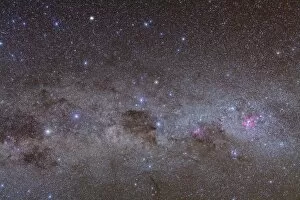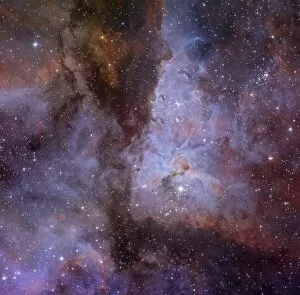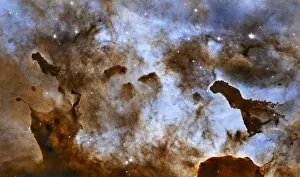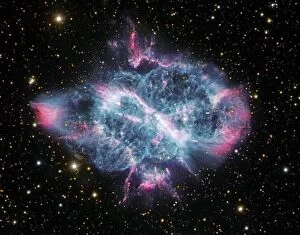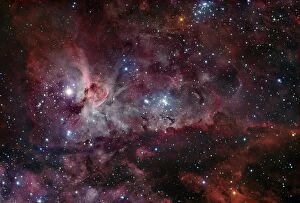Carina Nebula Collection
The Carina Nebula, also known as NGC 3372, is a mesmerizing celestial sight that showcases the interplay of light and shadow in the vast expanse of space
All Professionally Made to Order for Quick Shipping
The Carina Nebula, also known as NGC 3372, is a mesmerizing celestial sight that showcases the interplay of light and shadow in the vast expanse of space. Captured by NASA's Hubble Space Telescope (HST) in the stunning image C013 / 5604, this nebula unveils its captivating features. Stretching across a mosaic of the southern Milky Way from Vela to Centaurus, the Carina Nebula boasts an array of intricate details. Among them are the Great Clouds that swirl with cosmic energy and give birth to new stars. Another fascinating feature is The Caterpillar, a formation resembling its namesake creature crawling through space. In one false-color image taken by NASA's Spitzer Space Telescope, we witness the majestic South Pillar standing tall amidst vibrant hues. This pillar serves as a testament to nature's artistic flair within our universe. Gazing at The Grand Carina Nebula in the southern sky reveals a breathtaking panorama filled with celestial wonders. Eta Carinae, Crux, and Alpha & Beta Centauri add their brilliance to this awe-inspiring scene. As we delve deeper into NGC 3372 or The Eta Carinae Nebula, we find ourselves captivated by its central region. Here lies an enigmatic beauty that defies comprehension - a cosmic ballet where stars are born and die in spectacular fashion. The Carina Nebula invites us to ponder our place in this vast cosmos while reminding us of its infinite mysteries waiting to be unraveled.




